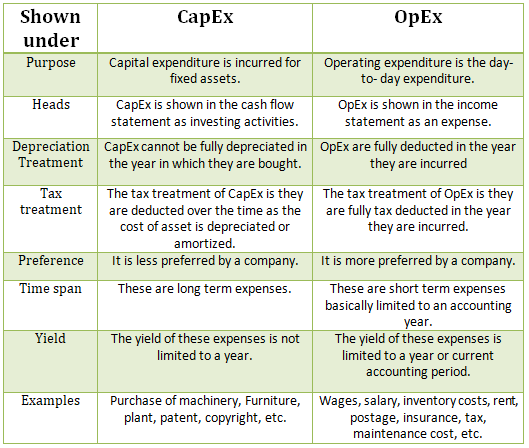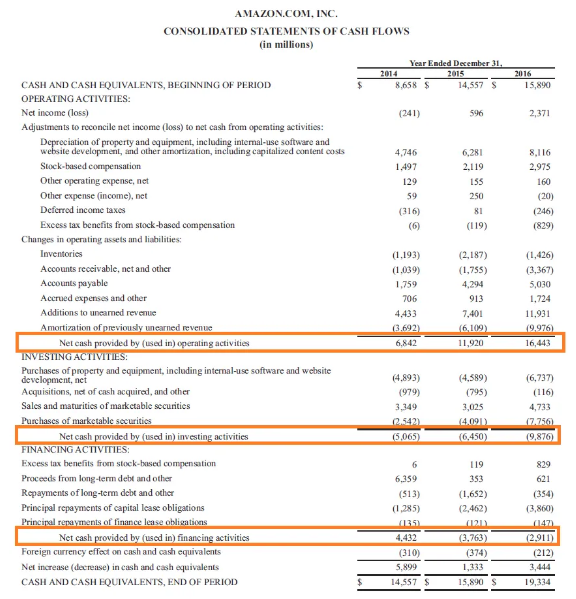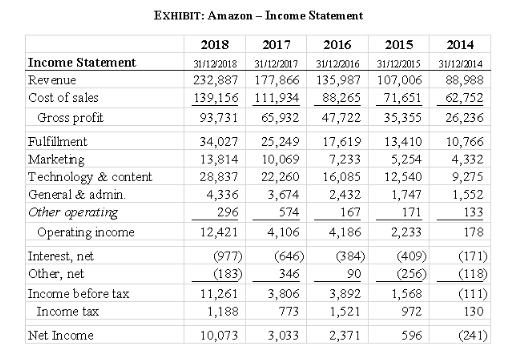Definition Section 43 of the companies act 2013 prescribes that the share capital of a company broadly can be of two types or classes : Preference shares Equity shares Preference shares Preference shares are the shares that carry the following two preferential rights : Preferential rights to receivRead more
Definition
Section 43 of the companies act 2013 prescribes that the share capital of a company broadly can be of two types or classes :
- Preference shares
- Equity shares
Preference shares
Preference shares are the shares that carry the following two preferential rights :
- Preferential rights to receive dividends, to be paid as a fixed amount or an amount calculated at a fixed rate, which may either be free of or subject to income tax before it is paid to equity shareholders, and
- Return of capital on the winding up of the company before that of equity shares.
Classes of preference shares
Preference shares are broadly classified as follows :
- With reference to the dividend
- Participation in surplus profit
- Convertibility
- Redemption
With reference to the dividend
Cumulative preference shares are those preference shares that carry the right to receive arrears of dividends before the dividend is paid to the equity shareholders.
Non-cumulative preference shares are those that do not carry the right to receive arrears of dividends.
Participation in surplus profit
Participating preference shares of the company may provide that after the dividend has been paid to the equity shareholders, the holders of preference shares will also have a right to participate in the remaining profits.
Non-participating preference shares are those preference shares that do not carry the right to participate in the remaining profits after the equity shareholders have paid the dividend.
Convertibility
Convertible preference shares are those preference shares that carry the right to be converted into equity shares.
Non-convertible preference shares are those that do not carry the right to be converted into equity shares.
Redemption
Redeemable preference shares are those preference shares that are redeemed by the company at the time specified for the repayment or earlier.
Irredeemable preference shares are preference shares the amount of which can be returned by the company to the holders of such shares when the company is wound up.
Equity shares
Equity shares are those shares that are not preference shares.
Equity shares are the most commonly issued class of shares that carry the maximum ‘risk and reward ‘ of the business the risks of losing part or all the value of the shares if the business incurs losses.
The rewards are the payment of higher dividends and appreciation in the market value.
See less






What is net credit sales? Net credit sales are those revenues by a business entity, less all sales returns and allowances. Immediate payment in cash is not included in net credit sales. Formula The formula for net credit sales is as follows: Net credit sales = Sales on credit - Sales returns - SalRead more
What is net credit sales?
Net credit sales are those revenues by a business entity, less all sales returns and allowances. Immediate payment in cash is not included in net credit sales.
Formula
The formula for net credit sales is as follows:
Net credit sales = Sales on credit – Sales returns – Sales allowances
In the balance sheet, you can find credit sales in the “short-term assets “section. It can be calculated from account receivables, bills receivables, and debtors of the balance sheet.
Credit sales = closing debtors + receipts – opening debtors
Steps to calculate net credit sales
Terms relevant to understand before calculation
Sales return: A sales return is when a customer or client returns or sends a product back to the seller. And this can happen due to various reasons, including:
Sales allowance: A sales allowance is a discount that a seller offers a buyer as an alternative to the buyer for returning the product.
Because of a problem or issue with the buyer’s order or we can say that he is not satisfied with the product.
Cash sales: Cash sales are sales in which the payment is done at once or I can say that buyer has obligation to make payment to the seller.
Cash sales are considered to include bills, checks, credit cards, and money orders as forms of payment.
Example
Now after understanding the terms used in the formula let me explain to you with an example which is as follows:-
Why do we need net credit sales?
- Net credit sale is also used to calculate other financial analysis items like days sales outstanding.
See less